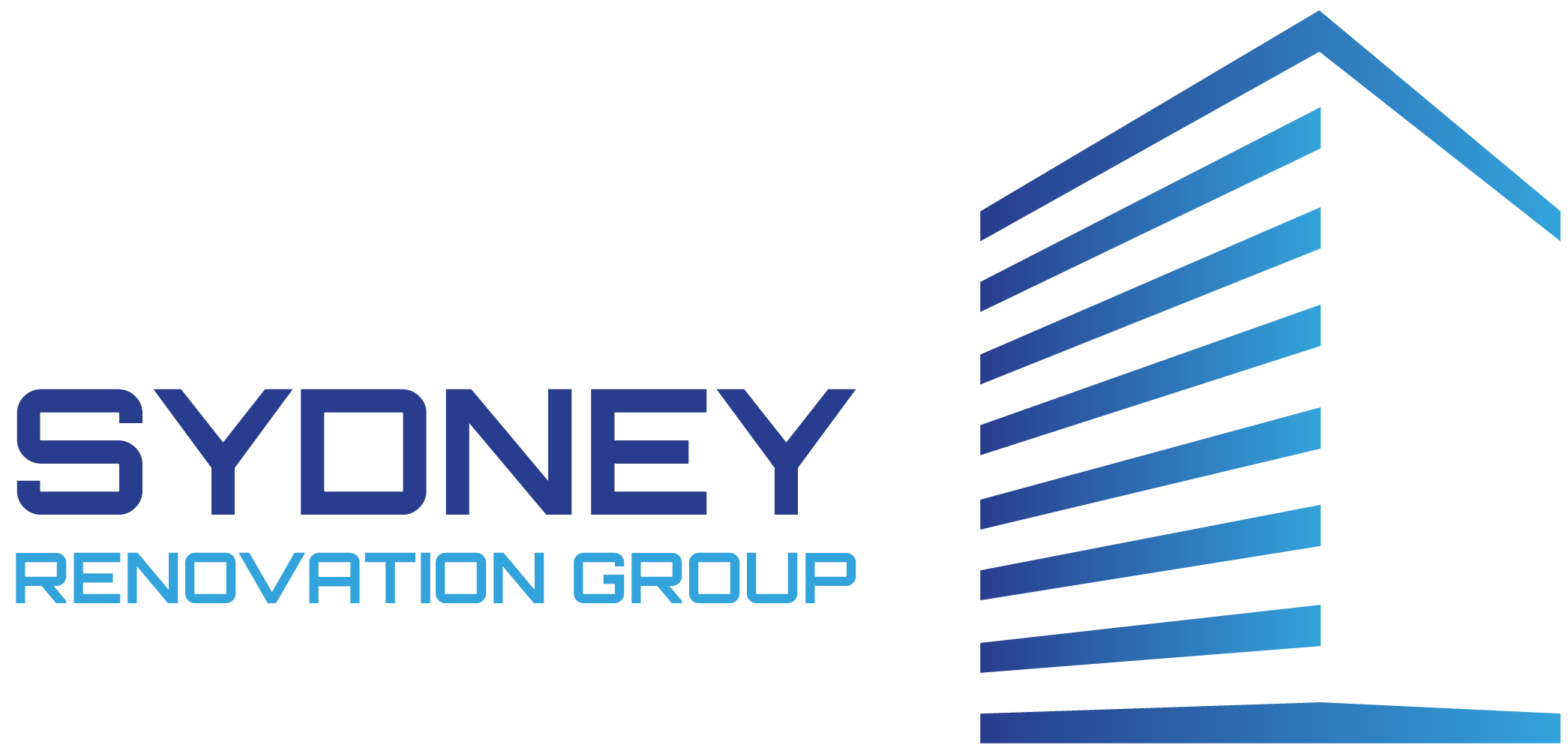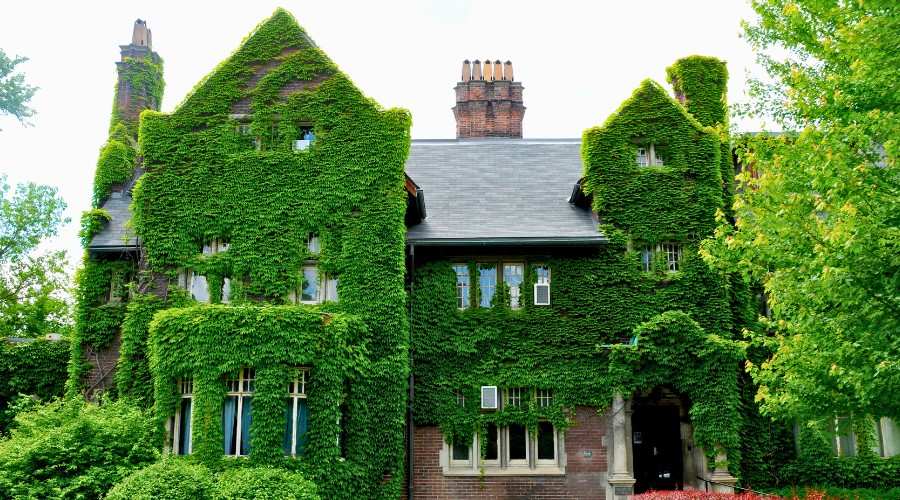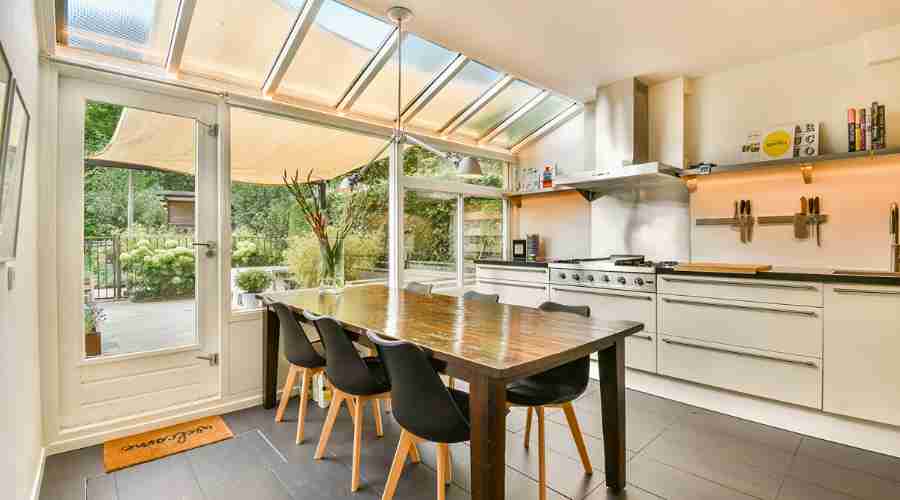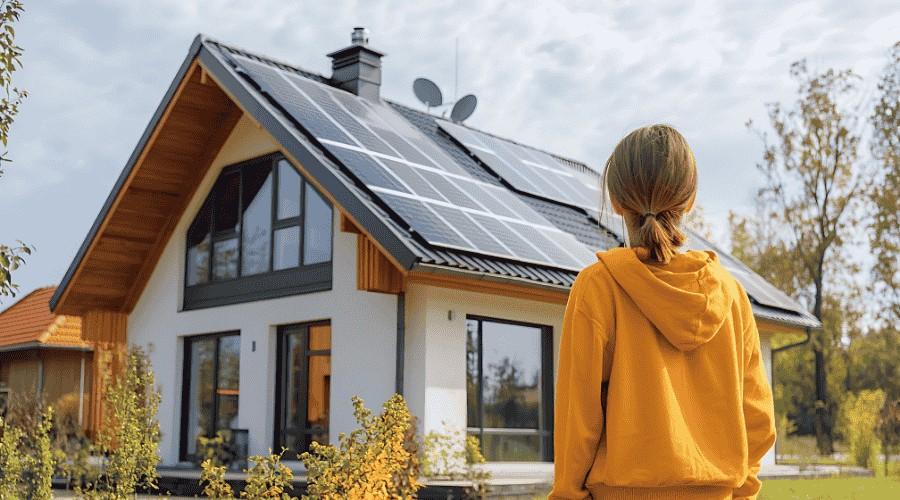Sustainable Heritage Home Renovations Sydney focus on maintaining the character of Sydney’s historic homes while improving energy performance, comfort, and long-term resilience through modern, eco-conscious upgrades.
Restore your heritage home sustainably with energy-efficient upgrades, eco-friendly materials, and expert craftsmanship in Sydney.
Thinking About a Sustainable Upgrade?
- How can you preserve your home’s original architectural beauty while upgrading its performance?
- Could your renovation improve energy and water efficiency without altering the home’s charm?
- What durable, low-impact materials are best suited for heritage properties?
- Would you like to enhance comfort and compliance while preserving period appeal?
- How can expert restoration add lasting value to your property?
Sydney is home to some of Australia’s most beautiful heritage architecture — from sandstone terraces in Paddington to Federation-era cottages and Art Deco apartments. But age and outdated construction often make these homes inefficient to heat, cool, and maintain. That’s where sustainable home renovations in Sydney come in. By applying eco-conscious building techniques to heritage properties, homeowners can preserve history while embracing modern performance and comfort.
Sustainable Heritage Home Renovations Sydney focus on restoring and upgrading older homes so they remain energy-efficient, structurally sound, and healthy to live in — without compromising their period charm.
Why Sustainable Renovation Matters for Sydney’s Heritage Homes
Sydney’s heritage homes — from elegant Federation cottages to Victorian terraces — are a cornerstone of the city’s charm. Yet, many of these properties were built before insulation, energy-efficient glazing, or sustainable materials became standard.
A Sustainable Heritage Home Renovation in Sydney bridges that gap. It allows homeowners to maintain historical integrity while enhancing comfort and efficiency through careful, respectful upgrades.
These renovations focus on adaptation rather than replacement — improving what already exists. With precise craftsmanship and modern building science, older properties can meet today’s environmental standards without losing their soul.
According to the NSW Office of Environment, heritage buildings that incorporate passive design and efficient upgrades can cut energy use by up to 35% without compromising architectural features.
Balancing Preservation with Performance
The key to Sustainable Heritage Home lies in balance — protecting the past while embracing the future. Sydney Renovation Group’s expert approach ensures heritage-listed and period homes remain true to their origins while functioning efficiently for modern living.
This includes:
- Improving insulation and glazing without altering façades.
- Using breathable materials that protect historical timber and brickwork.
- Introducing energy-efficient solutions
If you’re planning to extend your property, see how Energy-Efficient Home Extensions Sydney integrate seamlessly with period architecture to create sustainable additional living space.
Energy-Efficient Upgrades for Heritage Properties
Energy efficiency is one of the biggest challenges — and opportunities — when it comes to Sustainable Heritage Home Renovations. Most heritage homes were built before insulation, draught-proofing, and modern glazing were common. That means they often lose heat in winter and absorb it in summer, leading to high energy bills and inconsistent indoor comfort.
Modern upgrades can transform these homes without altering their visual character. With careful design and high-quality materials, Sydney homeowners can maintain the heritage beauty of their property while achieving the energy performance of a contemporary build.
A well-planned heritage upgrade can reduce energy costs by up to 40%, according to the NSW Energy Program — all without disrupting the home’s architectural integrity.
Insulation & Draught-Proofing
Many older Sydney homes have single-brick walls, suspended floors, and timber ceilings that allow air to pass through freely. While this design helped regulate temperature in the early 1900s, today it leads to energy loss.
Adding thermal insulation to ceilings, walls, and underfloors significantly improves heat retention during winter and keeps interiors cooler in summer. Products like recycled cellulose or breathable natural wool are ideal, as they maintain airflow while improving efficiency.
Sealing gaps around doors, chimneys, and windows with weather strips or brush seals can reduce draughts by up to 25%. These subtle interventions have no impact on appearance but deliver immediate comfort and savings.
Window Restoration & Glazing
Original sash and casement windows are hallmarks of heritage design — but they’re also major sources of heat transfer. Instead of replacing them, window restoration with secondary glazing offers the perfect balance between preservation and performance.
Secondary glazing involves fitting a thin, discreet internal pane that improves insulation and reduces noise. This upgrade can improve the thermal efficiency of single-pane windows by up to 60%, all while maintaining the home’s historic facade.
For heritage projects in coastal or urban areas, consider UV-filtering glass or low-E coatings, which help reduce solar gain and fading of timber frames.
Smart Ventilation
Many heritage homes were designed for natural airflow — with high ceilings, transoms, and large windows. However, over time, changes to building use or extensions may have disrupted this passive ventilation.
Restoring cross-ventilation pathways helps reintroduce natural cooling, while installing subfloor ventilation fans prevents rising damp — a common issue in older Sydney properties.
For added control, homeowners can include humidity-sensing exhaust fans in bathrooms and kitchens. These systems operate only when needed, preventing mould and improving air quality while conserving power.
Paired with passive shading (awnings, verandas, or pergolas), these measures create comfortable interiors that breathe naturally throughout the year.
LED Lighting & Renewable Energy Integration
Lighting contributes significantly to a home’s daily energy use — and updating it is one of the simplest, most effective sustainability measures.
Replace halogen or incandescent bulbs with LED fixtures, which use up to 80% less electricity and last 25 times longer. Dimmable and warm-toned LEDs mimic the glow of traditional lighting, preserving the ambience of period interiors.
Add motion sensors and timers in hallways or outdoor spaces to prevent unnecessary energy waste, and consider installing smart switches that adapt to occupancy or daylight levels.
When paired with solar-ready wiring, these upgrades prepare your heritage home for future renewable integration — an essential step in Sydney’s growing movement toward sustainable heritage home renovations.
Renewable Energy Integration
Heritage homeowners are increasingly exploring renewable energy solutions that align with their home’s design restrictions. Even if solar panels can’t be placed visibly on a heritage facade, options like rear roof placement or discreet solar tiles allow for green energy generation without affecting aesthetics.
Other renewable systems — such as heat pump water heaters, solar hot water units, or battery storage systems — can be seamlessly integrated behind the scenes, dramatically reducing operational costs.
These improvements not only lower emissions but also future-proof the property against rising energy prices.
Heating & Cooling Solutions
Traditional homes often rely on fireplaces or wall-mounted air conditioning, both of which are inefficient.
Upgrading to reverse-cycle air conditioning, hydronic heating, or underfloor systems powered by renewables ensures comfort all year long.
For even greater efficiency, pair climate control upgrades with smart thermostats, allowing you to manage temperatures from your phone or automate schedules based on usage.
Sustainable Materials for Heritage Restorations
One of the defining elements of Sustainable Heritage Home Renovations is the thoughtful selection of materials. Heritage restoration isn’t just about replication — it’s about renewal with responsibility. The right materials protect the past while improving the building’s performance for generations to come.
When working on Sydney’s period homes, every component — from mortar and paint to timber and stone — must respect both the home’s architectural language and the environment. Sydney Renovation Group achieves this by combining traditional craftsmanship with sustainable sourcing and modern building science.
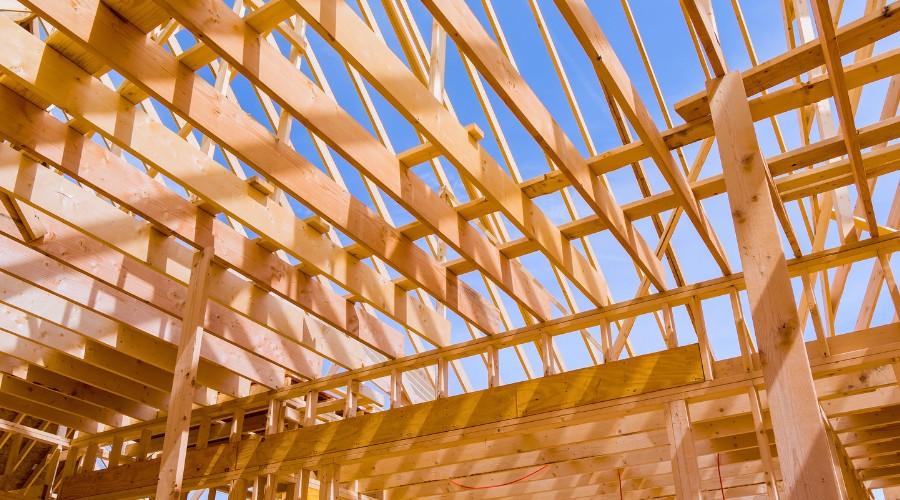
Timber Repairs & Restoration
Timber is the soul of many heritage homes. Instead of full replacements, SRG’s team restores original timber using recycled or FSC-certified hardwood, preserving character while improving strength and durability.
Explore Green Facade & Exterior Renovation Solutions in Sydney to see how sustainable exterior cladding and restoration enhance weather resistance and appearance.
Eco-Friendly Finishes
Low-VOC paints, breathable renders, and lime-based mortars allow older structures to “breathe,” reducing trapped moisture and extending the lifespan of brick and timber.
Recycled & Locally Sourced Materials
SRG prioritises locally sourced sandstone, reclaimed brickwork, and recycled flooring, keeping the home’s aesthetic authentic while reducing transport emissions.
Integrating Modern Comfort into Classic Homes
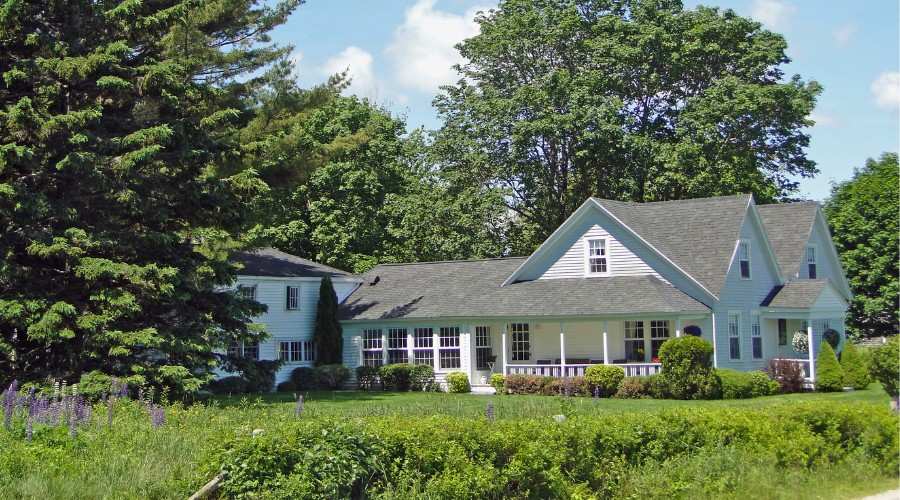
The most successful Sustainable Heritage Home Renovations merge traditional design with modern comfort. Homeowners can discreetly include:
- Efficient plumbing systems to reduce water waste.
- Underfloor heating powered by renewable energy.
- Energy-efficient kitchens and bathrooms designed for functionality and period harmony.
If your heritage property includes outdated wet areas, explore Sustainable Kitchen and Bathroom Renovations Sydney for design ideas that merge eco-conscious upgrades with classic finishes.
How Sydney Renovation Group Restores Sustainably
With decades of experience across Sydney’s heritage suburbs, Sydney Renovation Group combines meticulous restoration techniques with modern sustainability principles.
Our Approach Includes:
- Detailed Heritage Assessment – Understanding the architectural story of your home before planning any intervention.
- Collaborative Design & Planning – Aligning heritage guidelines with your comfort and energy goals.
- Material Conservation – Retaining as much original material as possible through repair, not replacement.
- Energy & Water Integration – Using smart technology and efficient fixtures for sustainability behind the scenes.
- Quality Construction & Compliance – Meeting BASIX and NCC energy requirements without compromising aesthetics.
“The Sydney Renovation Group team respected every detail of our Edwardian terrace while transforming it into a comfortable, sustainable home.”
— Homeowner, Inner West Sydney
Looking for simple, cost-effective eco improvements? Read our guide on Budget-Friendly Energy-Efficient Renovation Upgrades for practical sustainability tips suited for heritage homes.
Start Your Heritage Renovation Journey
Preserving a piece of Sydney’s history doesn’t mean compromising on comfort. A sustainable renovation allows you to celebrate your home’s character while enjoying the benefits of modern efficiency.
Ready to restore your home responsibly? Contact Sydney Renovation Group today to start planning your Sustainable Heritage Home Renovation in Sydney.
The team will guide you through every stage — from design approvals to energy compliance — ensuring your home remains timeless, efficient, and beautifully preserved.
FAQs
Are you allowed to renovate a heritage home in Sydney?
Yes, you can renovate a heritage home in Sydney as long as the work follows heritage conservation guidelines and does not alter protected architectural features.
Does renovating a heritage home increase its value?
Yes, a well-executed heritage renovation that preserves original character while improving comfort and efficiency typically increases property value in Sydney.
What materials are used in sustainable heritage renovations?
Common sustainable materials include recycled timber, low-VOC paints, breathable lime mortars, reclaimed bricks, and locally sourced stone.
Do you need approval before renovating a heritage property in Sydney?
Yes, most heritage renovations require council or heritage approval before work begins to ensure compliance with preservation laws.
How much can a sustainable upgrade reduce energy use in an old home?
Sustainable heritage upgrades can reduce energy use by 30% to 40% without changing the home’s architectural features.
